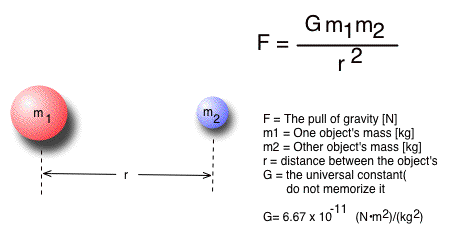On the basis of lunar rocks brought back by the astronauts, explain why the maria are dark-colored, but the lunar highlands are light-colored?
Regions of both the near side and far side of the Moon not covered by mare basalt are called highlands. The highlands consist of the ancient lunar surface rock, anorthosite, and materials thrown out during the creation of the impact basins. (“Lunar Rocks | National Air and Space Museum,” n.d.)
 The anorthosite rock highlands are brighter than the maria basalts. Pulverized by meteoric action, both the basalts of the maria and the anorthosite of the highlands are covered by a blanket of powdered rock, also known as regolith. Continue reading “Dark Seas and Bright Highlands”
The anorthosite rock highlands are brighter than the maria basalts. Pulverized by meteoric action, both the basalts of the maria and the anorthosite of the highlands are covered by a blanket of powdered rock, also known as regolith. Continue reading “Dark Seas and Bright Highlands”



